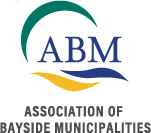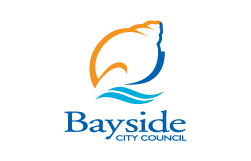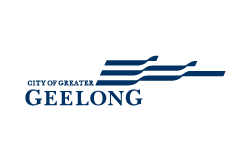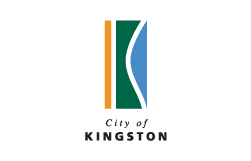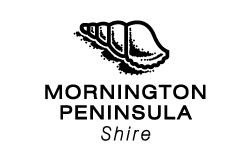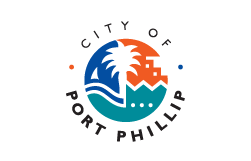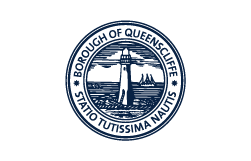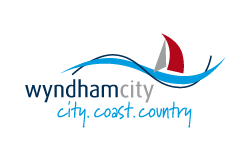HOME
The Association of Bayside Municipalities comprises the councils of Port Phillip Bay. Founded in 1974, we are the voice of local government for Port Phillip Bay.
Our shared purpose is the protection and management of the natural, cultural, social and economic values of Port Phillip Bay. Through our leadership, advocacy knowledge sharing and partnerships we aim to respect the Traditional Owner aspirations for the land and sea Country, and uphold the community’s vision and values for the Bay’s marine and coastal environment.
The ABM acknowledge the Traditional Owners of the lands and waters of Port Phillip Bay - the Bunurong and Wadawurrung peoples of the Kulin Nation. We pay respect to their Elders past, present and emerging. We value their knowledge and deep connection to the Bay, its waters, beaches, plants and animals.
With more than 130 beaches and 50 million plus visitors annually, Port Phillip Bay is treasured for its coastline, beaches, coastal parks and unique flora and fauna. These environmental values are what make the Bay a popular choice for walking, swimming and surfing, snorkelling and diving, fishing and boating, jet skiing, walking the dog, camping and caravanning and more.
The Bay itself comprises mudflats, mangroves and saltmarshes, seagrass beds and tidal flats, basalt rocky reefs formed from volcanic lava flows, sponge gardens, seagrass beds and more. In turn, these habitats ensure a diversity of marine animals and plants can thrive, many of which are only found in Port Phillip Bay.
The ABM is committed to:
RAMSAR wetlands
Port Phillip Bay is home to two RAMSAR listed wetlands (wetlands of international importance).
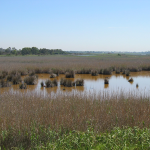
Edithvale-Seaford wetland
Recognised as the last remaining example of the Carrum Carrum Swamp supporting Australasian Bittern populations (a bird of state significance and threatened in Victoria). The wetland also supports more than 1% (2,000 birds) of the Sharp-tailed Sandpiper population that migrate along the East Asian-Australian flyway.
Photo: Edithvale-Seaford wetlands (Andrew Owens).
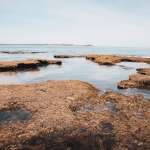
Port Phillip Bay (western shoreline) and Bellarine Peninsula
This network of wetlands is home to rare and endangered flora and flora including 40 species listed under the China-Australia Migratory Bird Agreement, 36 species under the Japan-Australia Migratory Bird Agreement and 49 species under the Bonn Convention on the Conservation of Migratory Species of Wild Animals.
Photo: Point Lonsdale (Pat Whelen).
Photo: Point Lonsdale (Pat Whelen).
Subscribe to our mailing list


